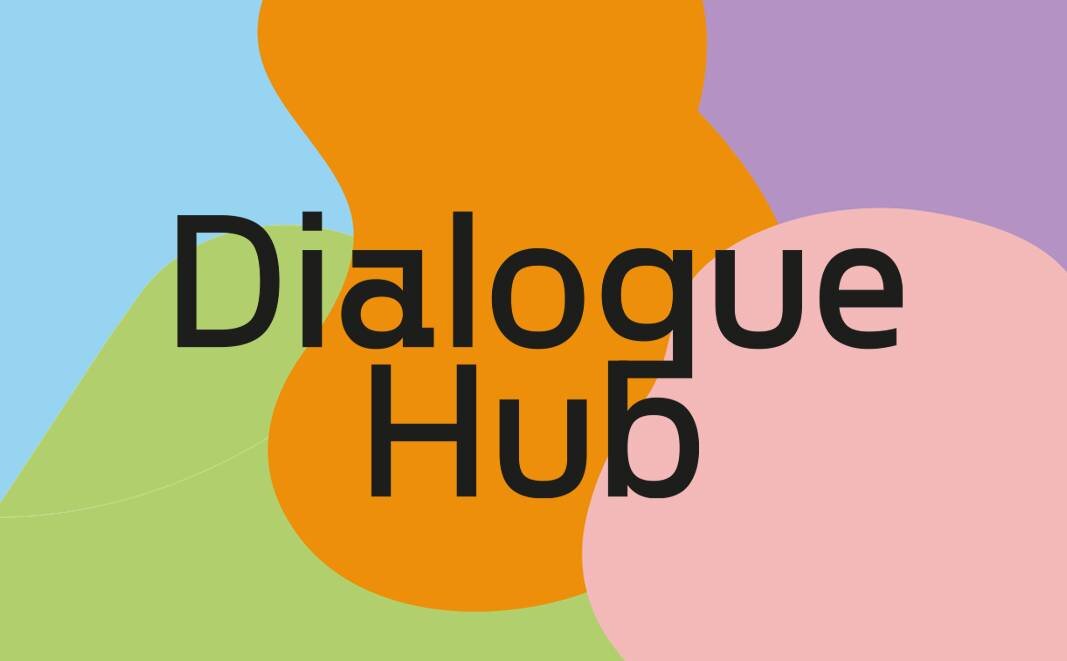A Society for All, or Only a Few? (multiple activities)
Ages: 8+
Time: 20 minutes —2 Class periods depending on how many activities
Learning Objectives:
Challenge preconceived notions of accessibility in public spaces meant for all community members
Build empathy and understanding through conversation and role-play
Part I: Activities
Activity #1 Day In The Life
Materials: a piece of paper/journal, writing utensil
List the steps of your morning “getting-ready-for- school” or your “after-school–until-bedtime” routine. Include specific steps like “brush teeth” or “pack lunch.”
Now go back through the list and describe how each activity would be different if you had a visual disability. Try it out: the next time you get dressed in the morning or change into your pajamas, keep your eyes closed. Or, find an activity you can act it out in the classroom, perhaps making a bowl of cereal or packing up your backpack for the day and cleaning your desk.
Activity #2 Let’s Talk Accessibility
Materials: piece of paper/journal, writing utensil, computer/iPad
Working in partners or groups, brainstorm ways in which you would be able to accomplish the following activities if you had a visual impairment.
Play cards or a board game. Which board games could you play and which ones would need to be adapted?
What system would you use to tell time?
When traveling, how would you know which side of the platform to go to?
How would you be able to tell if a piece of food had mould or needed to be thrown out?
What system would you use to count money?
How would you match your socks or pick your clothing for the day? Are there ways to distinguish your clothes from one another?
After a flight how would you identify which luggage was yours on the conveyor belt?
Add on: What adaptations and products are available that would help make daily life easier for a person with a visual disability? Make a list of the items you would want or need. Look for them online at sites like https://shop.rnib.org.uk/. As you list the things you’d want to purchase, include the prices. What is your total cost?
Activity #3 A New Way To Watch
Materials: Smartboard and/or computer/iPad screen
What is your favorite TV show? Either use a blindfold or turn the brightness down on your computer so you can listen to your show. Do this for 5-10 minutes. Was it harder for you to follow what was happening? Why or why not? (b) Repeat the process with a partner. This time, listen to only 5 minutes of a TV show while your partner tries to describe what is going on visually. Did that help? Why or why not? Reverse roles and try again.
Activity #4 When You’re Not Sure, Have a Chat.
Interview a person with a disability in your family or community. Find out about what adaptations they make and find out how you can be a better ally to them. If you cannot interview someone, visit YouTube pages from Blind YouYuber Molly Burke or search on your own to learn firsthand about visual impairments:
How A blind or visually-impaired person uses technology
Emily Davidson aka Fashioneyesta lifestyle blogger
Things Not To Say To A Blind Person
Activity #5 When Money Doesn’t Work
Materials: paper, writing utensils, and other craft supplies
In May 2008, a United States court decided that paper money in the US discriminates against blind and visually impaired people. Coins in the US can be identified by size, weight, and the images engraved on them but paper bills are all the same size and shape in the U.S and this has yet to be changed. The UK and other countries avoid this by using different sizes and shapes, adding raised dots to the bill, or adding foil that can be felt.
Let’s say you’ve been hired by the U.S. Treasury Department to help create money that can be identified by touch alone. Revamp the current designs for the $1, $5, $10, and $20 bill so that a person who cannot see would be able to tell them apart. For inspiration, check out the first U.S. coin with readable Braille characters: a commemorative silver dollar available in 2009, celebrating the 200th birthday of Louis Braille.
Take it a step further and send your ideas directly to the Bureau Of Engraving and Printing, which is a part of the U.S. Department of Treasury.
Part 2: Reflection
1. What surprised you the most during these activities/discussions? Were any of your beliefs or ideas about how society treats those with visual impairments challenged?
2. What would be the hardest adjustment for you to make if you were unable to see? What would you have to do differently? What would you expect from your family, school and community?
3. Often, a bully is a person who isn’t very good at understanding how other people may see the world. How could a trip to Dialogue in the Dark help a bully learn how their actions affect other people?
4. If you could talk to one company or business and give them ideas to make their space more inclusive who would you reach out to? What suggestions would you make?
